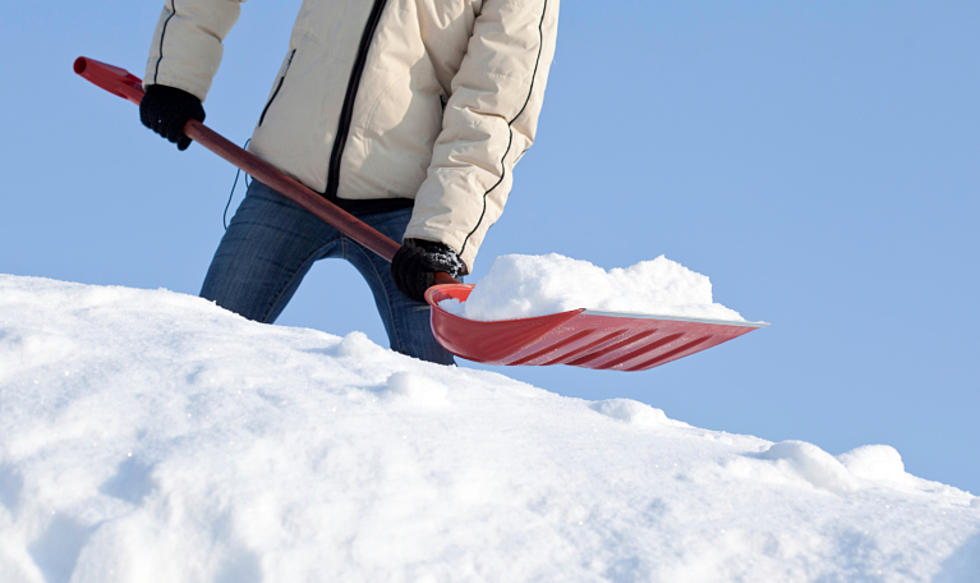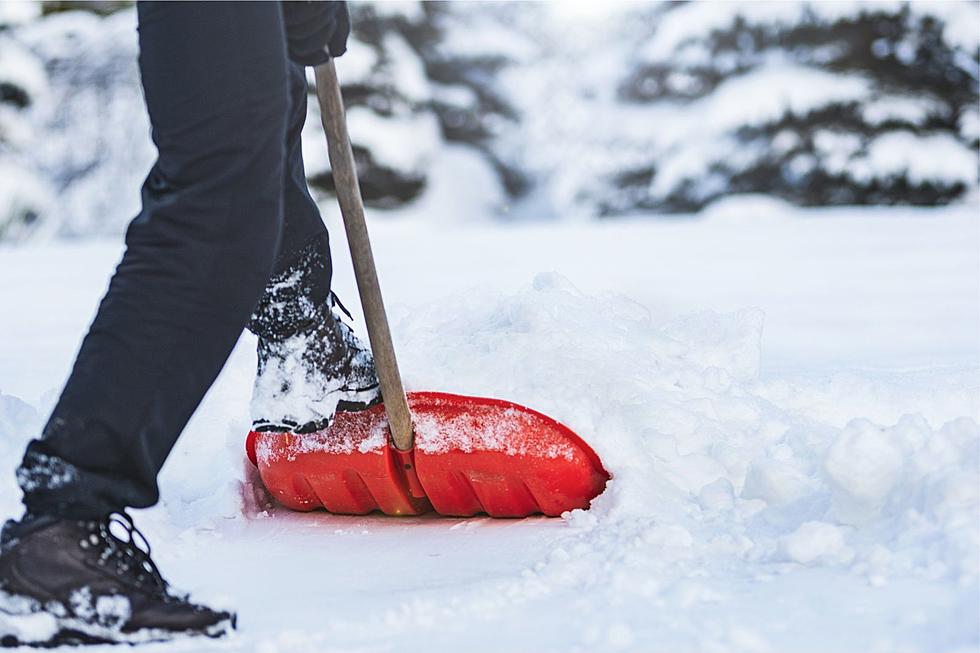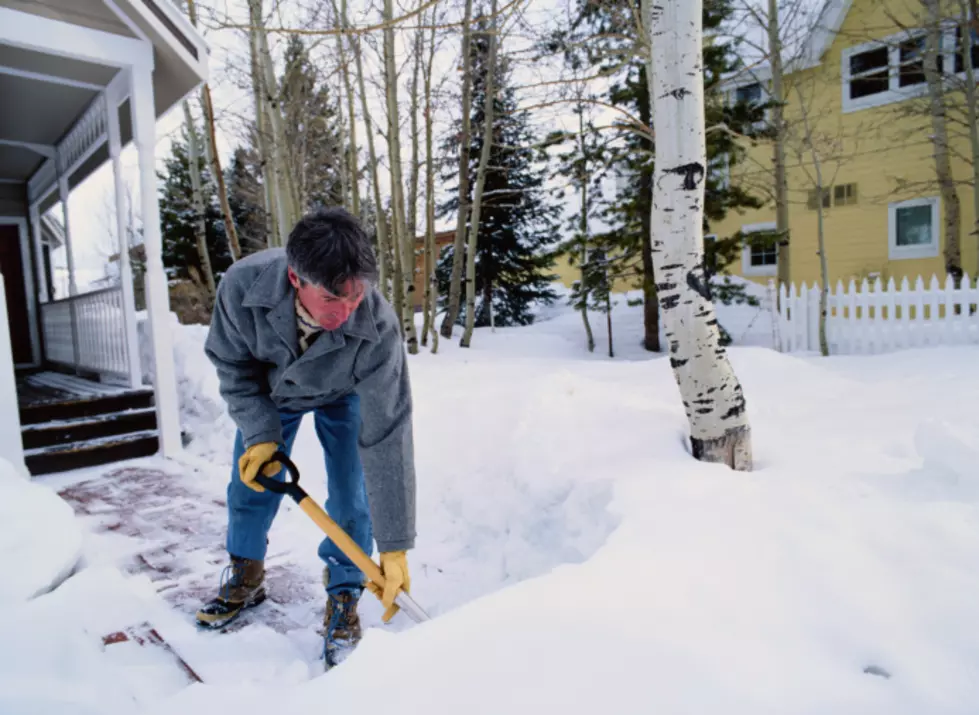
Safe Sex? No. Now, Michigan Offers Tips on Safe Snow Removal
We've all heard of practicing "safe sex". Now, the State of Michigan is putting that concept to use elsewhere, as in snowfall. Snowfall leads to snow removal, but is everyone in Michigan putting to use safe snow removal practices? It could be the difference between success and disaster.
All kidding aside, the people at the Michigan Department of Transportation says their two primary concerns are when homeowners and businesses pile snow at the ends of driveways along the highway shoulder, and when snow is pushed across the road, leaving snow or slush on the road surface.

Starting with the second first, this is something you shouldn't do. Especially if you're doing this during the day, it may seem like no big deal, but then after dark, when temperatures get low enough to freeze and especially hard freeze, then it could affect a car's traction and cause it to go out of control.
Here's what MDOT has to say about the piling of snow at the end of your driveway:
Michigan Vehicle Code 257.677a prohibits "the obstruction of safety vision by removal or deposit of snow, ice, or slush." This includes the end of driveways, where banked snow can reduce visibility for vehicles trying to enter the roadway."Piling snow at the end of a driveway may be convenient, but makes it difficult for drivers to make sure it's safe to pull out onto the highway, and tough for drivers to see other vehicles waiting to pull out. Our crews work to keep the shoulders clear and knock down snowbanks at intersections for motorist safety, and residents and business owners need to do the same at their driveways." - State Transportation Director Paul C. Ajegba.
That said, what about the mounds of snow left by snow plows in front of driveways. It's a pain to have to deal with it, especially if the snow is wet and heavy. That can cause a heart attack. And as far as being able to see around those mounds of snow, many Michigan drivers who drive smaller cars deal with this problem everyday, pulling out of parking stalls and being surrounded by humongous SUV's on either or both sides.
LOOK: The most expensive weather and climate disasters in recent decades
KEEP READING: Get answers to 51 of the most frequently asked weather questions...
More From WKFR









